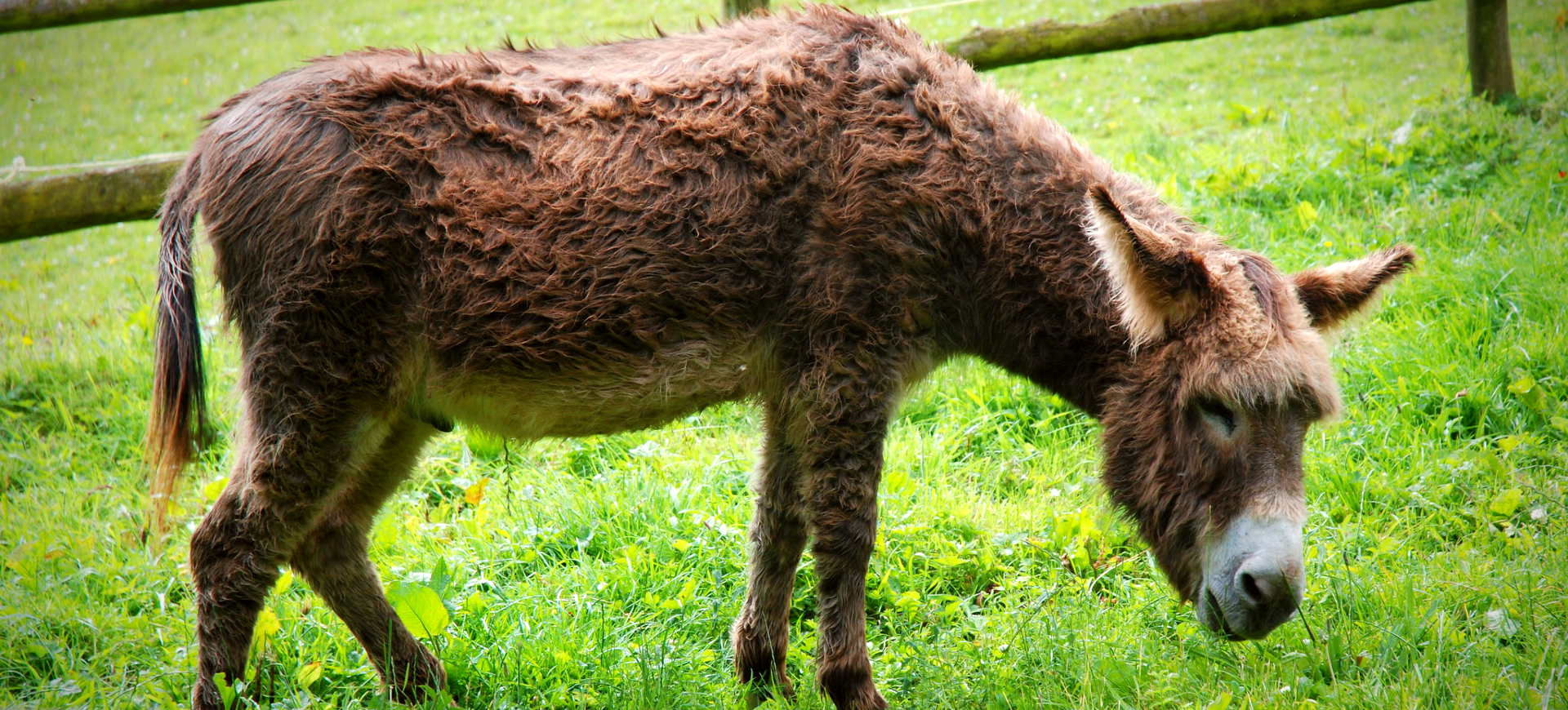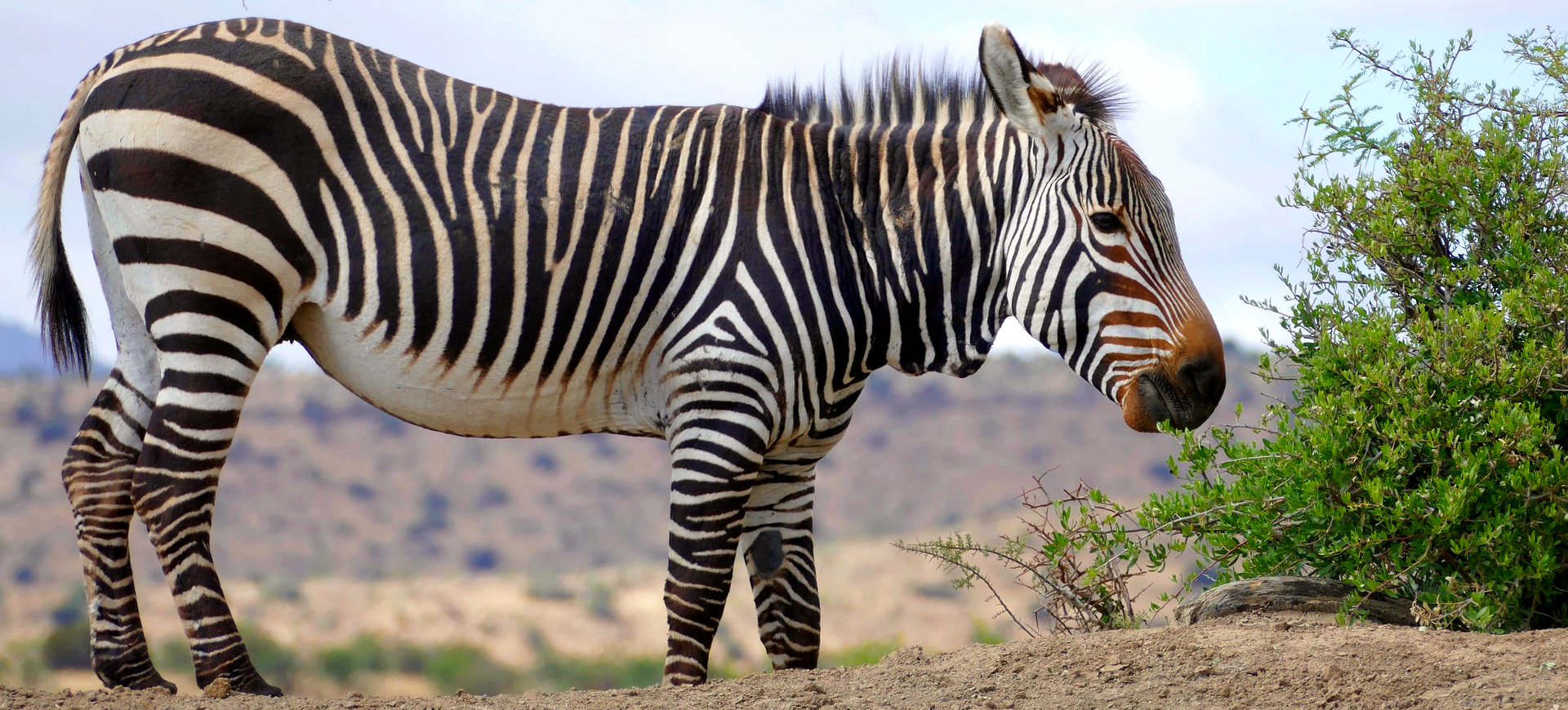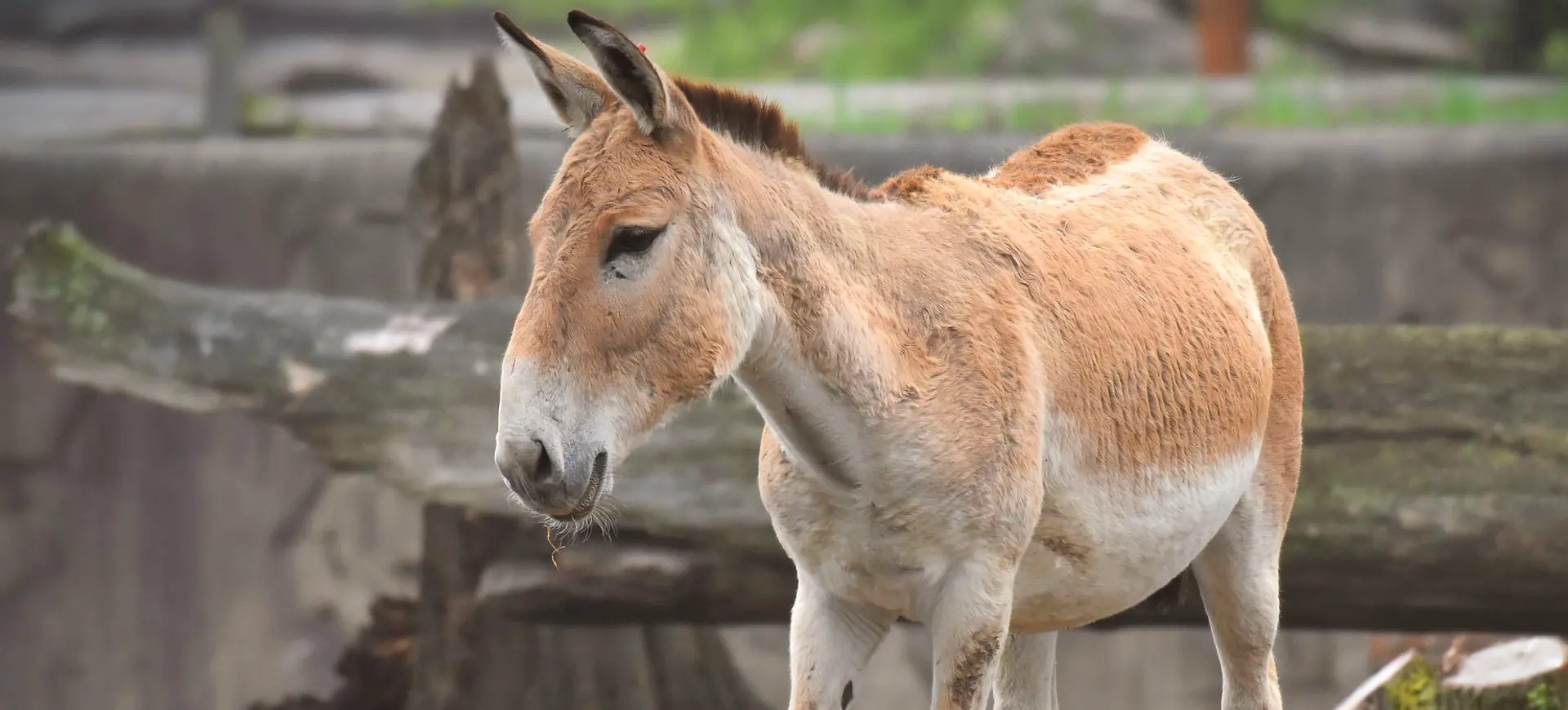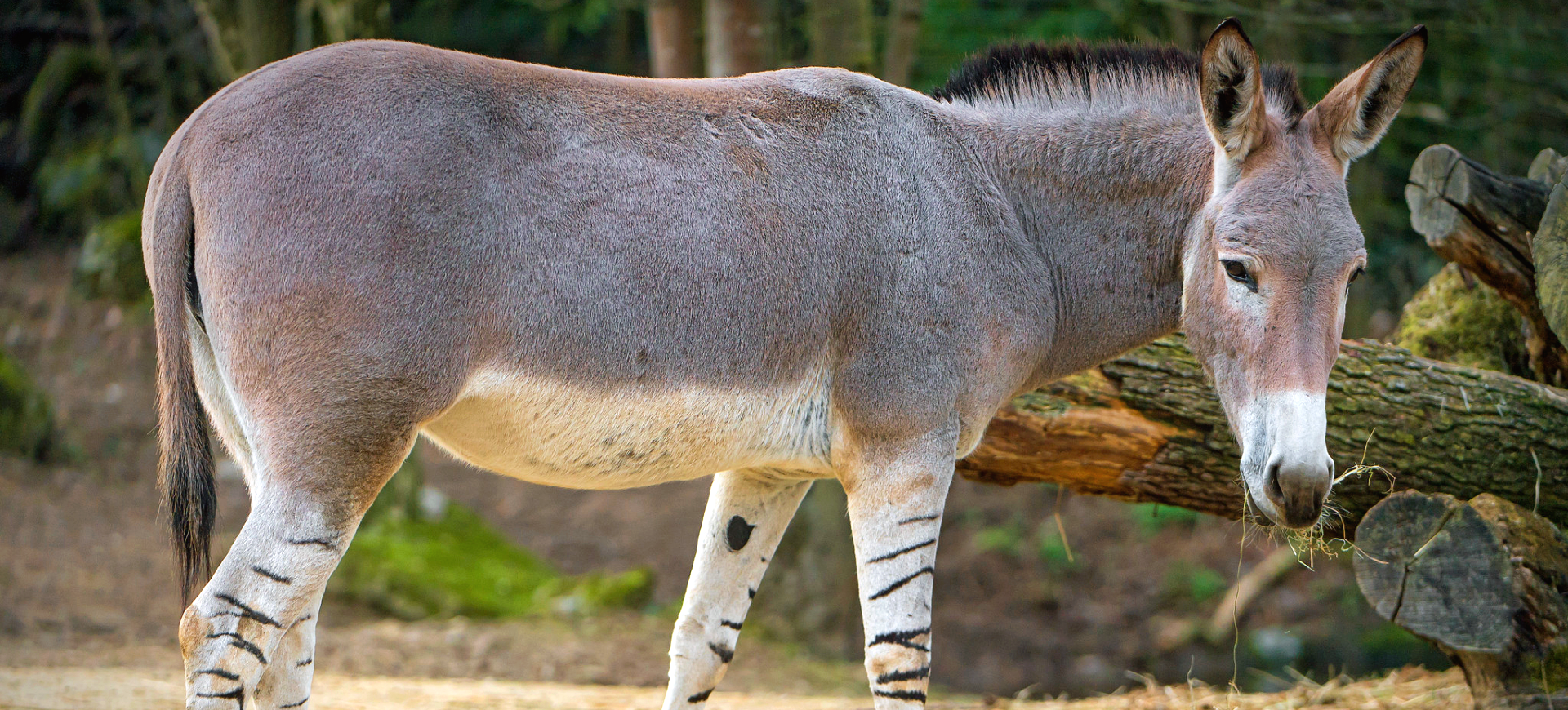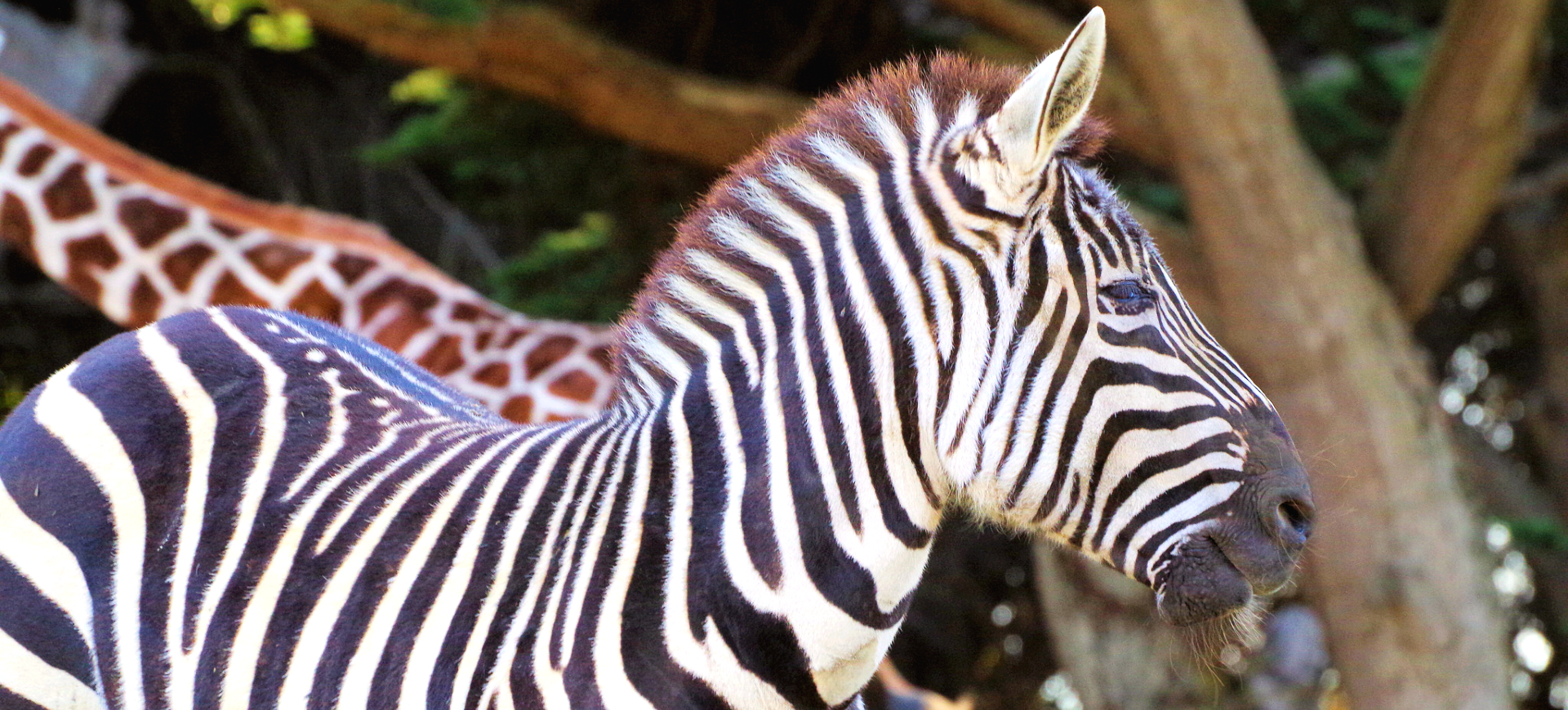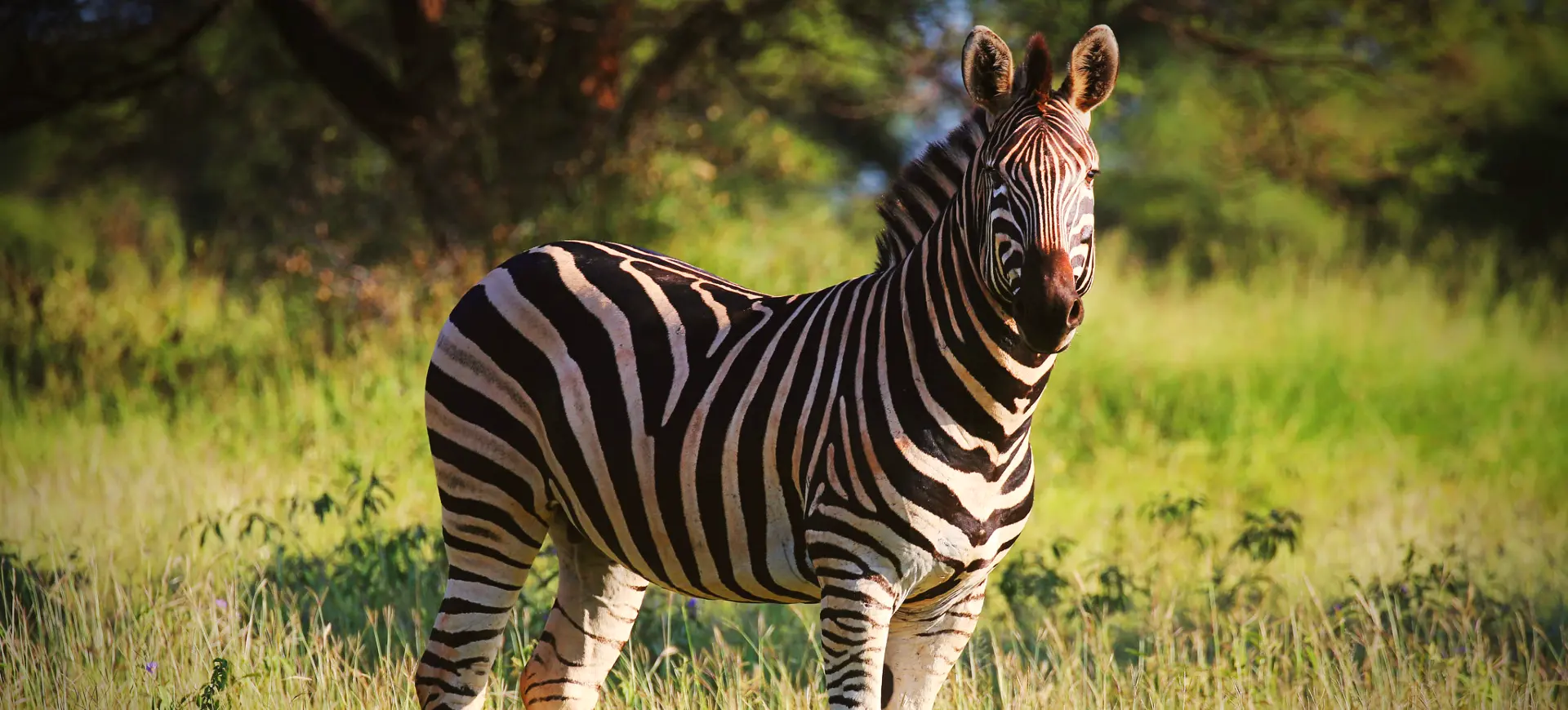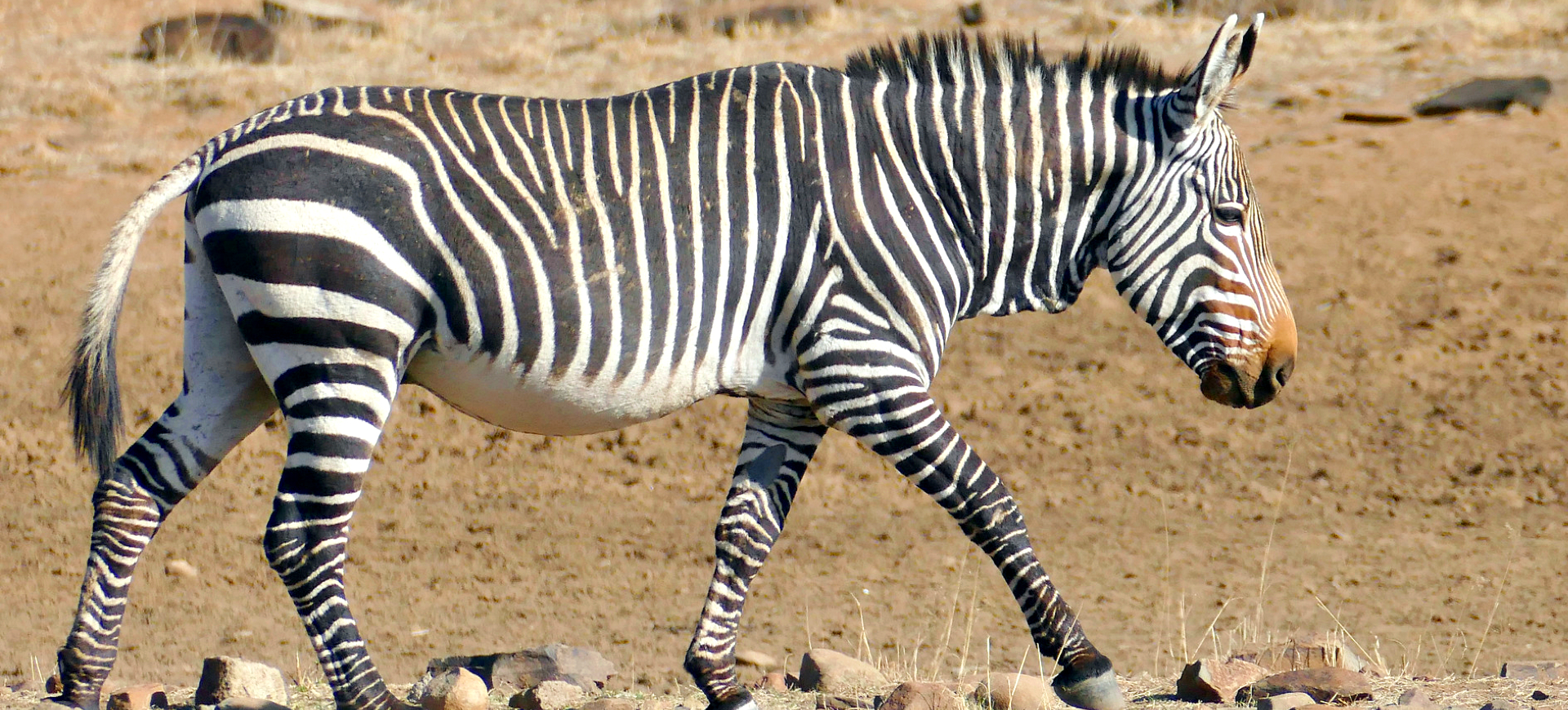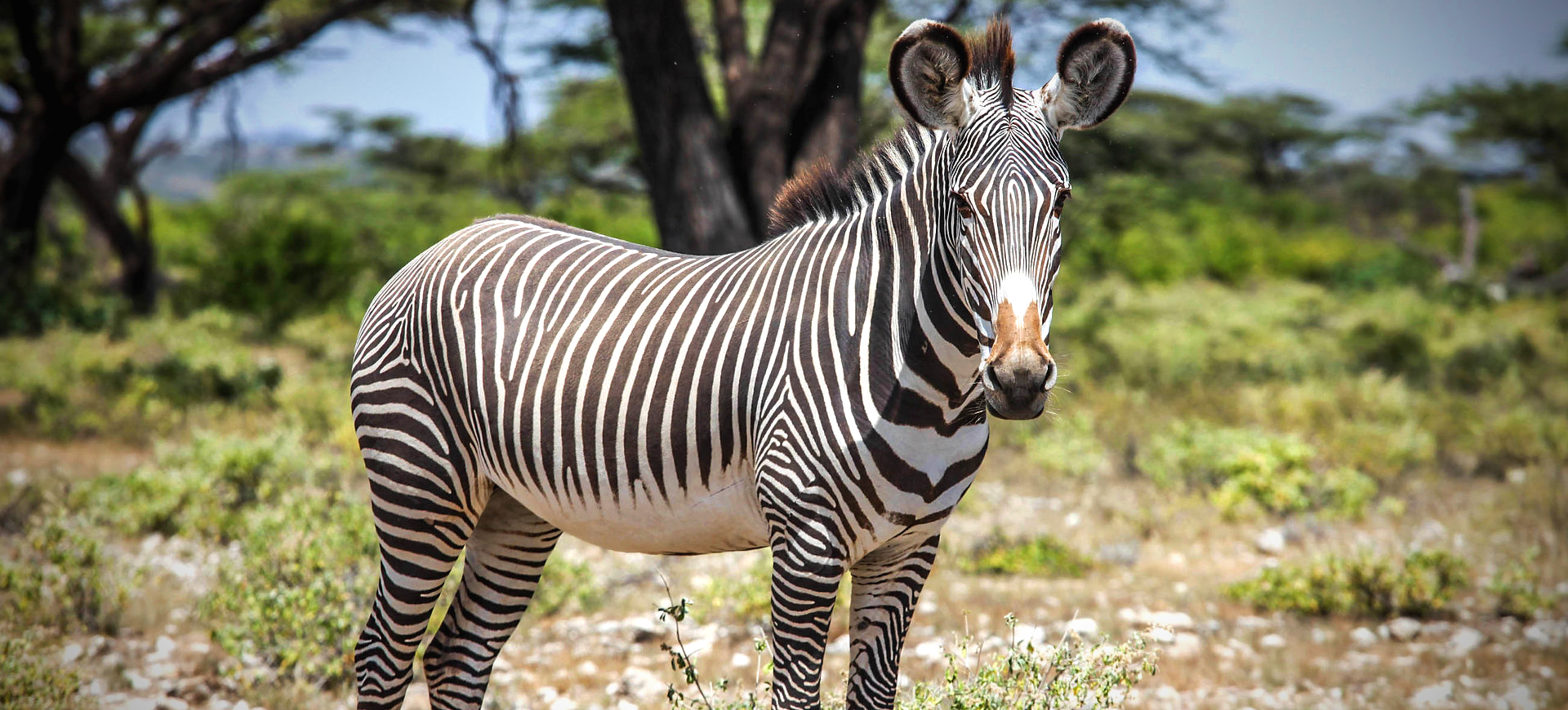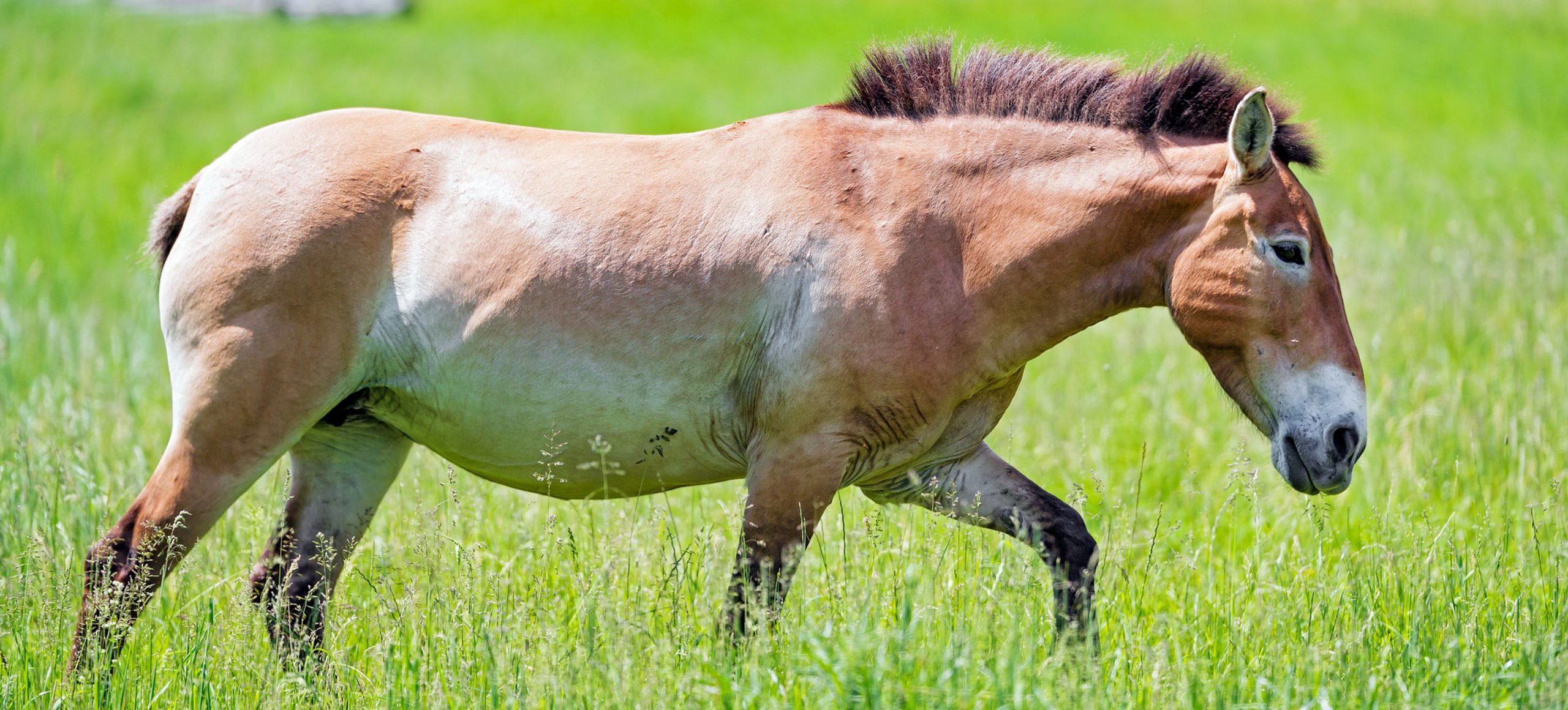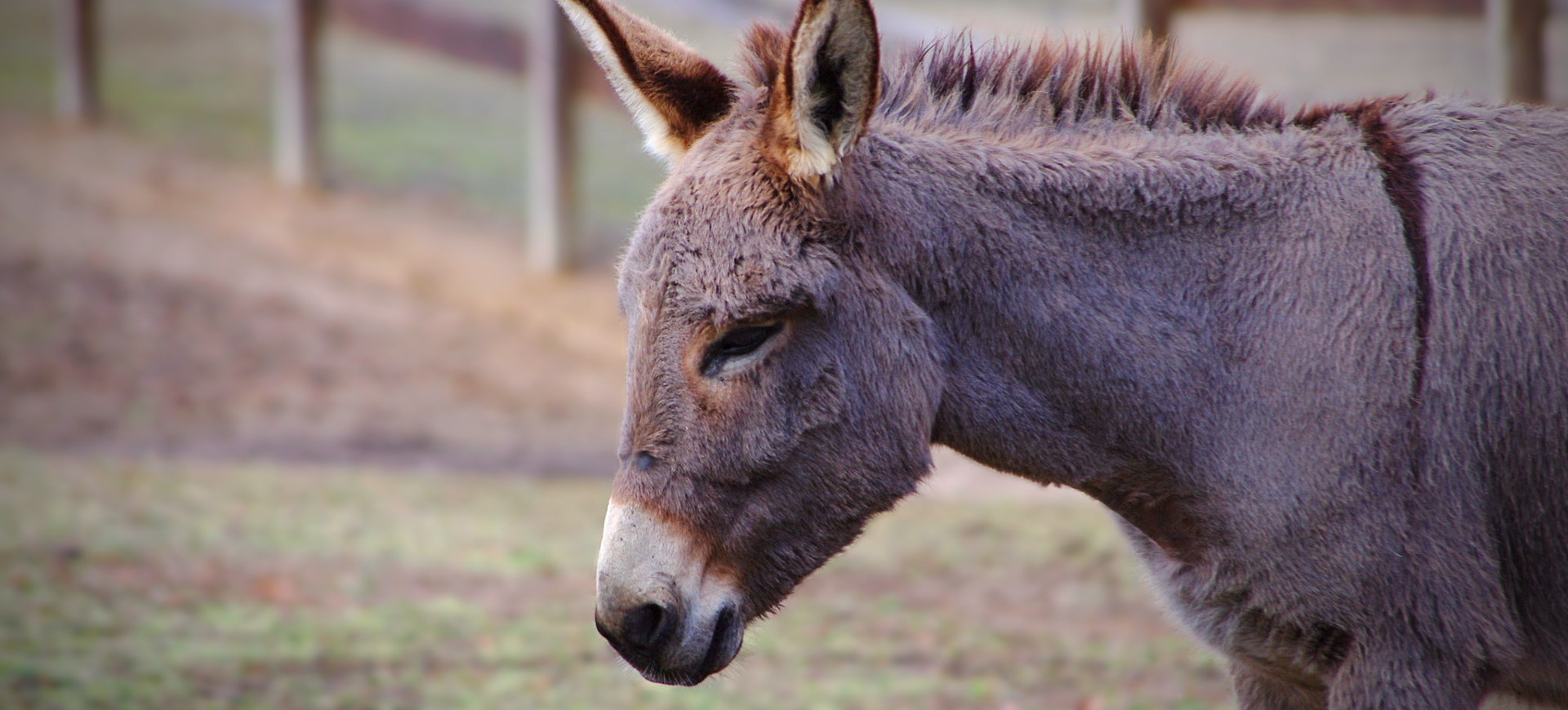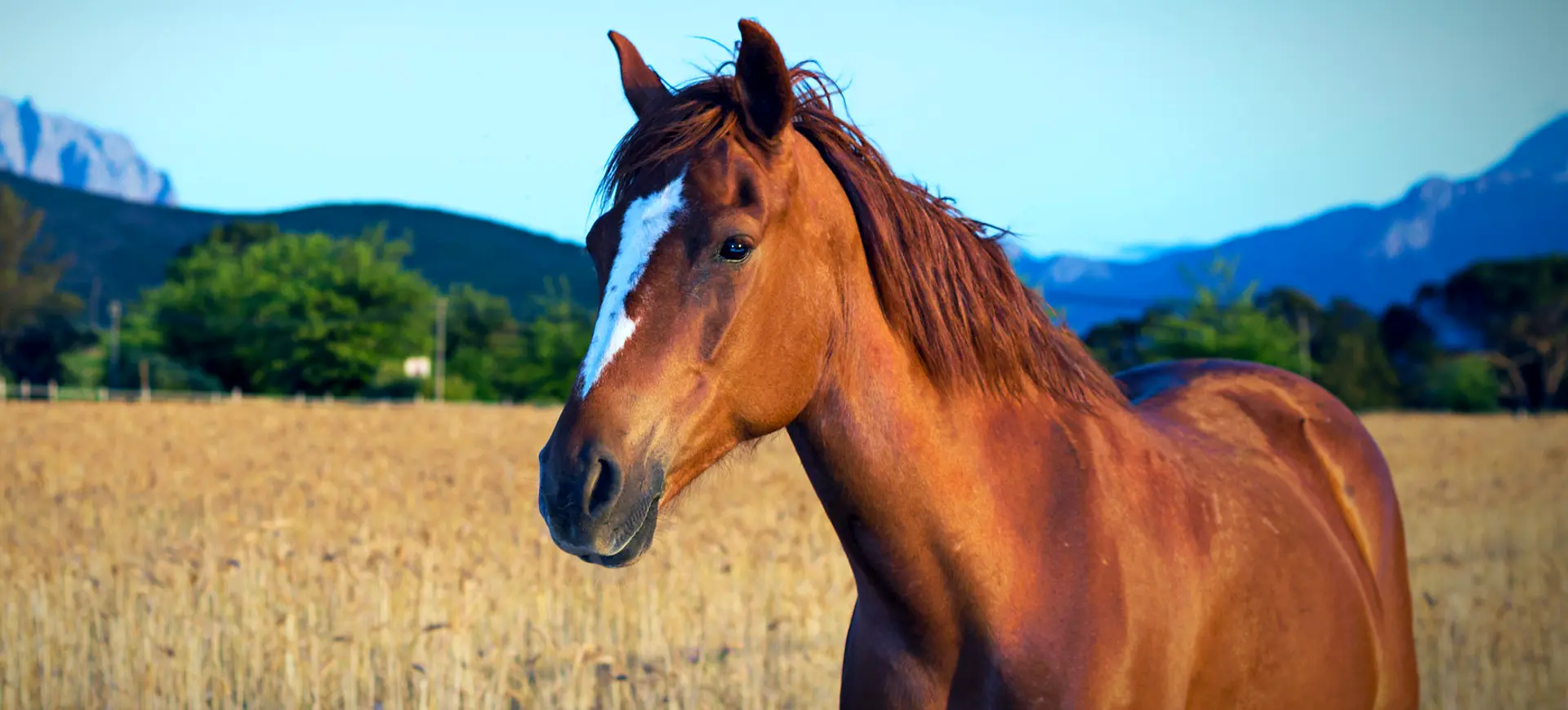Overview
The Plains Zebra, also known as the Common Zebra, is the most widespread and abundant of the three species of zebras, the other two being the Mountain Zebra and Grevy’s Zebra. They are recognized for their iconic black and white striped patterns and are integral to the African savanna’s ecosystem. Each individual boasts a unique set of stripes, akin to human fingerprints, that serve as camouflage against predators and are believed to play a role in social recognition and temperature regulation.
Plains Zebras are highly social animals that live in family units called harems, composed of a dominant stallion, several mares, and their offspring. They are primarily grazers and feed on a variety of grasses. However, they can also consume shrubs, herbs, twigs, and leaves during scarcity. Their significant role as grazers aid in shaping the African savannas, promoting plant diversity, and aiding other grazers who prefer shorter grasses.
Despite being widespread across many African countries, Plains Zebras face numerous threats, including habitat loss, hunting, and disease. Conservation efforts are underway to protect and conserve their populations. Plains Zebras also play a significant role in tourism, being one of Africa’s most iconic and sought-after wildlife sightings.
Taxonomy
Kingdom
Phylum
Class
Order
Family
Genus
Species
Sub Species
Type
Physical Description:
Plains Zebras are renowned for their striking black and white stripes that cover their body. These stripes vary in width and patterning, with some Plains Zebras displaying broad stripes while others have thinner, more numerous ones. Interestingly, the stripes on a Plains Zebra’s back are usually more prominent and wider than those on its legs and stomach. Stripes are believed to serve multiple functions, including camouflaging against predators and helping to regulate body temperature.
The Plains Zebra is the smallest of the three zebra species but is still a robust and sturdy animal. They have a well-built body, a thick neck, large rounded ears, and a mane of short, erect hair running down their neck. Their muzzles are dark, and they have keen eyesight and excellent hearing, which are valuable for detecting predators.

Lifespan: Wild: ~30 years || Captivity: ~40 years

Weight: Male: 485-620 lbs (220-280 kg) || Female: 440-550 lbs (200-250 kg)

Length: Male & Female: 7-9 feet (2.1-2.7 meters) including the tail

Height: Male & Female: 47-55 inches (120-140 cm) at the shoulder

Top Speed: 40 mph (64 km/h)
Characteristic:
Native Habitat:
Plains zebras inhabit the grasslands and savannas of Eastern and Southern Africa. They prefer but are not restricted to treeless grasslands and savannas; these habitats allow the best visibility against predators. They can also be found in tropical and temperate grassland areas, woodlands, thorn scrub, and even mountainous regions, always close to water sources.
The availability of grasslands and water determines their distribution. During the dry season, they migrate to more fertile areas. The major factor that restricts their movement and distribution is the alteration and fragmentation of their habitats due to farming.
Biomes:
Biogeographical Realms:
Continents:
Diet:
Diet & Feeding Habits:
Plains Zebras are primarily grazers who prefer short, green grass but will also eat longer grasses. They have a broad, flexible upper lip that allows them to grasp and pull grasses into their mouth, which are then ground down by their back teeth. Their dietary flexibility allows them to thrive in habitats that are too harsh for other herbivores, as they can consume and extract moisture from tougher plant material when necessary.
Seasonal changes significantly affect the zebra’s diet. Green grasses are the preferred food source when they are abundant in the rainy season. In the dry season, zebras must adapt and feed on available resources, such as shrubs, herbs, bark, roots, and even wood, especially in drought conditions.
Mating Behavior:
Mating Description:
Plains Zebras have a polygynous mating system, with dominant stallions maintaining a harem of several mares. Stallions will fight fiercely to control harems, using their sharp incisor teeth and powerful hind legs to bite and kick their opponents. Once a stallion wins control of a harem, he will mate with the females and often form strong bonds with them, staying with the same group for many years.
The reproduction in Plains Zebras is not strictly seasonal, but most foaling occurs during the rainy season when food is more plentiful. After a gestation period of about a year, a single foal is born. Foals can stand within 15 minutes of birth and run with the herd within an hour, an important survival trait in a region populated by predators.
Reproduction Season:
Birth Type:
Pregnancy Duration:
Female Name:
Male Name:
Baby Name:
Social Structure Description:
Plains Zebras live in a stable social structure known as a harem, which consists of one dominant stallion, several mares, and their offspring. The bond within a harem is strong, with members staying together for many years. Stallions protect their harems and will fight off rivals attempting to take over. They also protect the group from predators. Male zebras that do not have a harem often form bachelor groups, waiting for a chance to challenge a harem stallion and take over his mares.
The social dynamics within a harem are complex. Individual relationships between mares affect the harem’s structure and stability. Foals are well cared for within the harem and will stay with their mothers until they reach maturity. Upon maturity, males leave their natal group to join a bachelor herd, while females may stay with their harem or join another.
Groups:
Conservation Status:
Population Trend:
The Plains Zebra is the most common and geographically widespread species of zebra, with a total population estimated at well above 500,000 individuals. However, their populations are fragmented and show a decreasing trend due to various factors. Some subspecies of the Plains Zebra are better off than others, with the Burchell’s Zebra (Equus quagga burchellii) being the most populous.
Despite their widespread presence across eastern and southern Africa, their population densities vary greatly across their range. Some areas are densely populated, while others, especially those near human settlements, are sparsely populated due to habitat loss and hunting.
Population Threats:
The primary threats to Plains Zebras include habitat loss due to farming and livestock grazing, hunting for their skins, and competition for water and grazing with livestock. In some areas, drought and overgrazing are exacerbating these issues. They are also a prey species for large predators like lions and hyenas, which can significantly impact their population in areas where their natural habitats are being reduced.
Poaching for their skin is a considerable threat in certain areas, as their distinctive black and white striped skins are highly prized in the illegal wildlife trade. Moreover, they are also susceptible to diseases like anthrax and African horse sickness that can cause localized population declines.
Conservation Efforts:
Several conservation strategies have been adopted to protect and conserve Plains Zebra populations. Much of their habitat falls within protected areas such as national parks and game reserves, offering them some protection against hunting and habitat loss. These areas also often provide a source of water, which is crucial for their survival in the dry season.
Efforts are also being made to establish wildlife corridors connecting different protected areas to enable the zebras’ natural migratory behavior. Local and international conservation organizations work on these initiatives, monitor zebra populations, and implement measures to reduce poaching. In addition, captive breeding programs in zoos worldwide help maintain the species’ genetic diversity.
Additional Resources:
Fun Facts
- Every zebra has a unique pattern of stripes, just like human fingerprints.
- Zebras’ black and white stripes are a form of disruptive coloration that can confuse predators.
- When viewed in black and white, zebra stripes blend in with the grass, making it harder for predators to single out an individual.
- Zebras are a key species seen in the great migration in the Serengeti-Mara ecosystem in Africa.
- Zebra stripes also help to deter insects like tsetse flies and horseflies.
- A zebra’s stripy coat is believed to disperse more than 70% of incoming heat, preventing the animal from overheating in the African sun.
- Zebra foals can walk just 20 minutes after birth, and within an hour, they can run.
- Despite their wild nature, zebras have been domesticated in certain cultures, serving as riding and pack animals.
- Zebras communicate with various vocal expressions, including snorts, brays, and barks, as well as through facial expressions and body movements.
- Contrary to popular belief, zebras are not merely black and white. They are black, with white stripes, and the pattern extends to their skin, which is also black.







